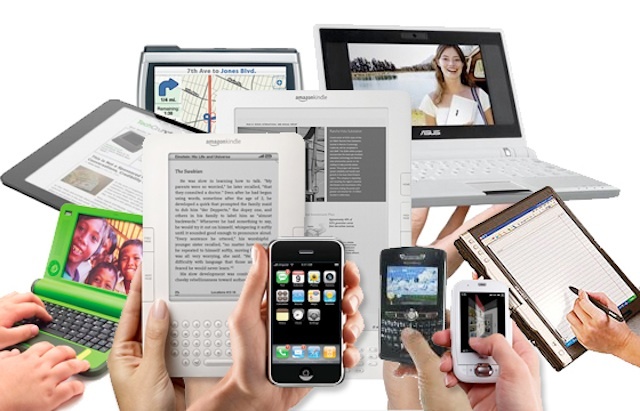Bring Your Own Device: The Good, The Bad, and the Extraordinary
Find out what works and what doesn't when it comes to implementing a student-centered BYOD Program. My classroom is one of three in Palm Springs Unified that is currently piloting BYOD for students.


